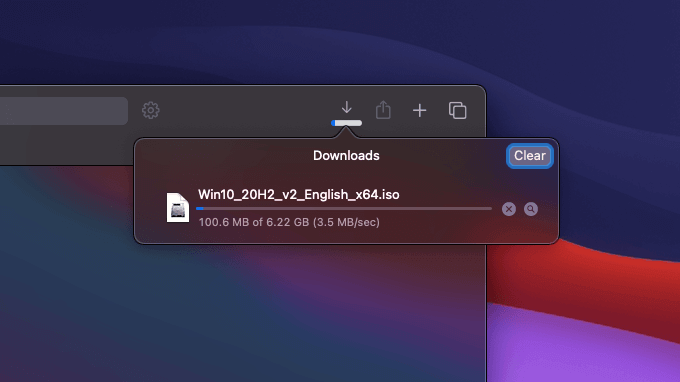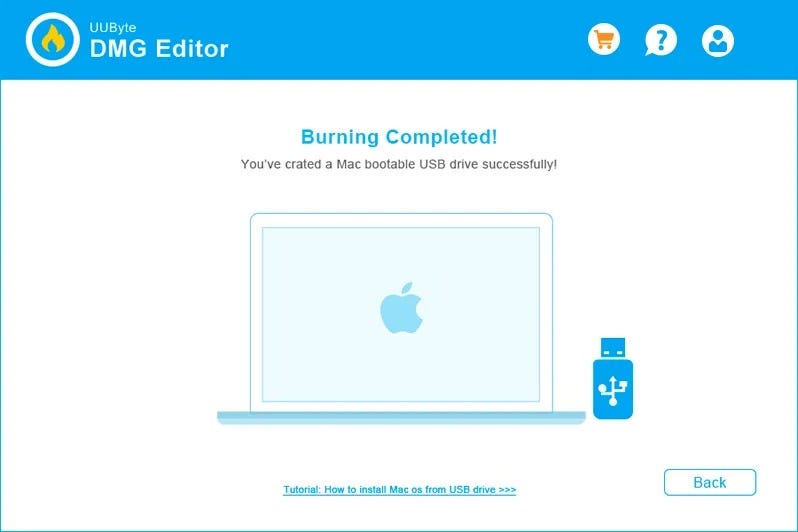

- CREATE BOOTABLE USB FOR MAC ON PC HOW TO
- CREATE BOOTABLE USB FOR MAC ON PC FOR MAC OS
- CREATE BOOTABLE USB FOR MAC ON PC MAC OS X
- CREATE BOOTABLE USB FOR MAC ON PC INSTALL
- CREATE BOOTABLE USB FOR MAC ON PC WINDOWS 10

CREATE BOOTABLE USB FOR MAC ON PC WINDOWS 10
If youre downloading Windows 10 onto a Mac, you will find the iso file in the. Save and restore image files to disk and USB flash. Make Windows 10 Bootable USB with PowerShell.Open Mac APFS/HFS/HFS+ format disk drives, flash drives, CD/DVD/Blu-ray media, HD floppies, dmg, dmg part, sparse bundle, and sparseimage files.

Apple files system (APFS) are only supported.The users can buy TransMac for $59.00 with the license.The system requirements are you need Windows 10/7/8/8.1 or Windows Vista and XP.You are allowed to use the TransMac for 15 days trial, and after that, if you want to use that more then 15 days then you need to purchase that.to use this application you just need to insert the drive you need, and one of the great function is this that it will automatically read the drives, TransMac is a great tool that you can access the Mac file on Windows operating system using TransMac. TransMac is a simple application to open hard drives disk, Flash drives, CD/DVD high-density floppy disk on Windows 10/7/8/8.1 or lower version of other Windows.
CREATE BOOTABLE USB FOR MAC ON PC FOR MAC OS
Why we use TransMac to Create bootable USB for mac os el Capitan? Now Create bootable USB for Mac OS El Capitan on Windows.
CREATE BOOTABLE USB FOR MAC ON PC HOW TO
In this article, well show you how to make bootable USB.
CREATE BOOTABLE USB FOR MAC ON PC MAC OS X
He explains why installing Linux in BIOS mode on a Mac by using a hybrid MBR is at least to say a bad idea and covers a few scenarios of installing Ubuntu on a drive with an existing Mac OS X installation. Rod Smith – who is also around here – has published a very detailed article about EFI-Booting Ubuntu on a Mac on his site.
CREATE BOOTABLE USB FOR MAC ON PC INSTALL
The strange thing is that the Mac ISOs don't contain such files and instead boot and install in legacy BIOS mode, which was fine in 2006 – when Apple introduced Boot Camp – but isn't since 2012 when the rest of the industry moved to UEFI. On (older) Macs this may just be /efi/boot/boot.efi. ISOs that support UEFI booting contain a file called /efi/boot/boot can be 圆4 for AMD64, ia32 for i386, arm or a64 for ARM and so forth. For this particular exercise, we'll show you how to use PowerISO to create a bootable USB drive on Windows without having to convert the disk image into another format like ISO. You can also edit the DMG or extract the contents, and there's also an option to copy it to a disk. Using Linux on Windows machines, my understanding is that to boot from external media via EFI you just copy the files from the ISO to a supported filesystem on the USB drive, which is usually FAT. This Windows utility allows you do create bootable USB from DMG on a PC. Insert the USB drive you want to make use of. Linux and Windows UEFI booting and Ubuntu Mac ISOs How Do I Make a Bootable USB For Mac Download and install a copy of TransMac.

There seems to be some confusion about EFI booting and Ubuntu ISOs.ĭisclaimer: I don't know much about Macs, because I never happened to own or support one of these machines.


 0 kommentar(er)
0 kommentar(er)
